Millbury National Bank (Millbury Savings Bank)
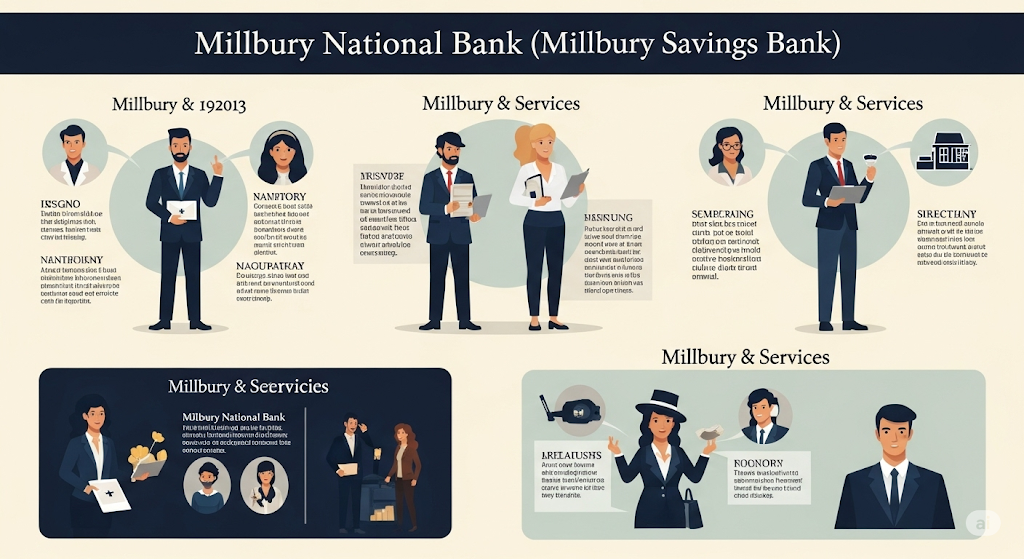
Table of Contents 1. Introduction Millbury National Bank—also called Millbury Savings Bank colloquially—is a local community bank in Millbury, Massachusetts, founded in 1933. It offers personal and business banking services including checking, savings, money market accounts, Certificates of Deposit (CDs), and loans. Though small in assets, it serves its community with ratings of A health […]
First State Bank CD Rates in Texas: Comprehensive 2025 Guide

✅ Table of Contents 1. Introduction: Why First State Bank CD Rates Matter in 2025 With interest rates stabilizing in 2025 following rate cuts in 2024, high-yield savings and CDs continue to attract savers. Community banks like First State Bank (FSB) in Texas offer competitive fixed‑rate CDs that are FDIC‑insured and ideal for secure short‑ […]
First National Bank Routing Number in Texas: Everything You Need to Know in 2025
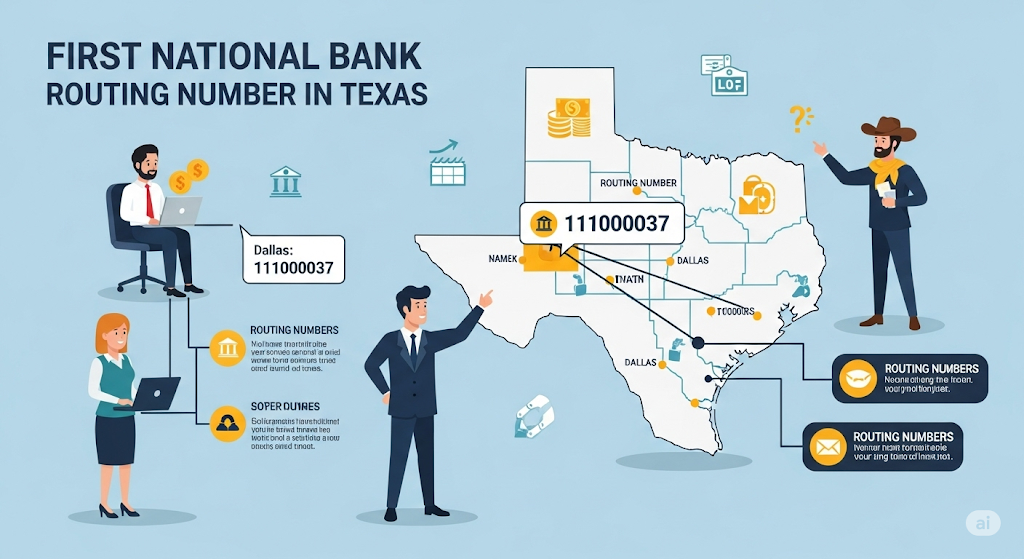
📌 Table of Contents ✅ 1. Introduction If you’re banking with First National Bank Routing Number in Texas: Everything You Need to Know in 2025 and trying to set up a direct deposit, wire transfer, or link your bank to an online app, you’ll need a critical 9-digit number: your routing number. In this detailed […]
Hometown Bank: Routing Numbers, Services & Strategic Guide (2025)
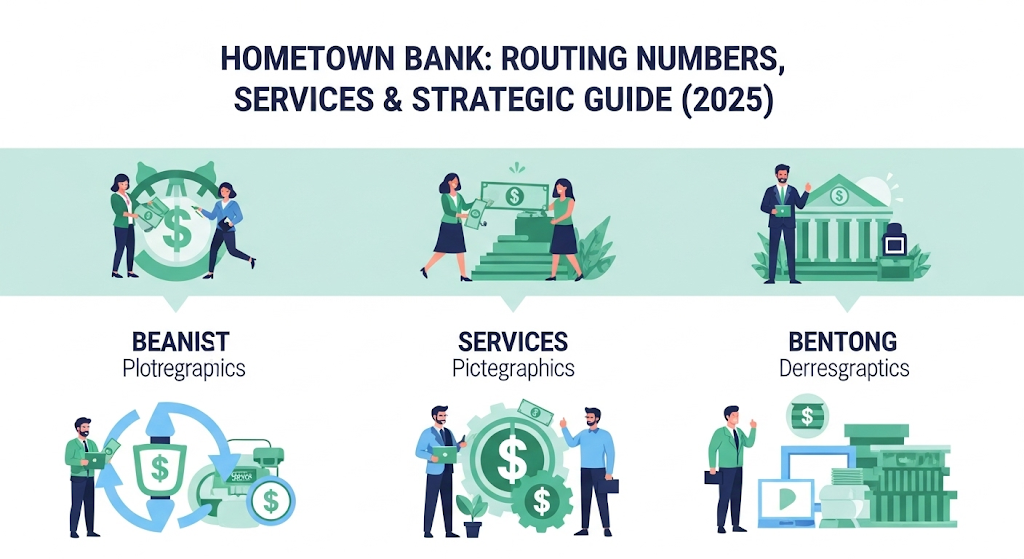
📌 Table of Contents 1. Overview: Why Multiple “Hometown Banks”? Across the U.S., several banks share the name “Hometown”—but are completely separate entities. Each has its own charter, routing number, service area, and product offerings. This guide explores the most common: Each serves different regions and offers distinct services, but knowing which you bank with […]
Cashmere Valley Bank Routing Number: Everything You Need to Know
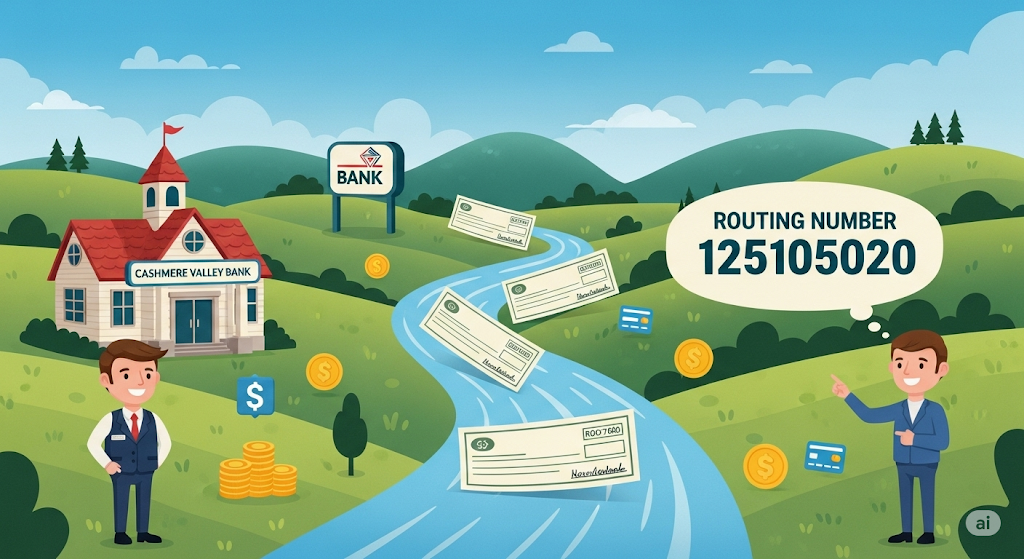
✅ Table of Contents 1. Introduction Banking can seem complex, but it doesn’t have to be. Whether you’re setting up direct deposit, transferring funds, or making a payment, one number plays a critical role: your routing number. If you’re a customer of Cashmere Valley Bank, knowing your routing number is essential. In this blog, we’ll […]
Bank Fraud Jail Time

Bank Fraud Jail Time : Table of Contents 1. Introduction Bank fraud is a serious offense in the United States, with penalties that can include decades behind bars and fines reaching into the millions. But not every fraud case leads to a 30-year sentence—actual jail time depends on various factors such as the amount of […]
Are Separate Bank Accounts Marital Property?
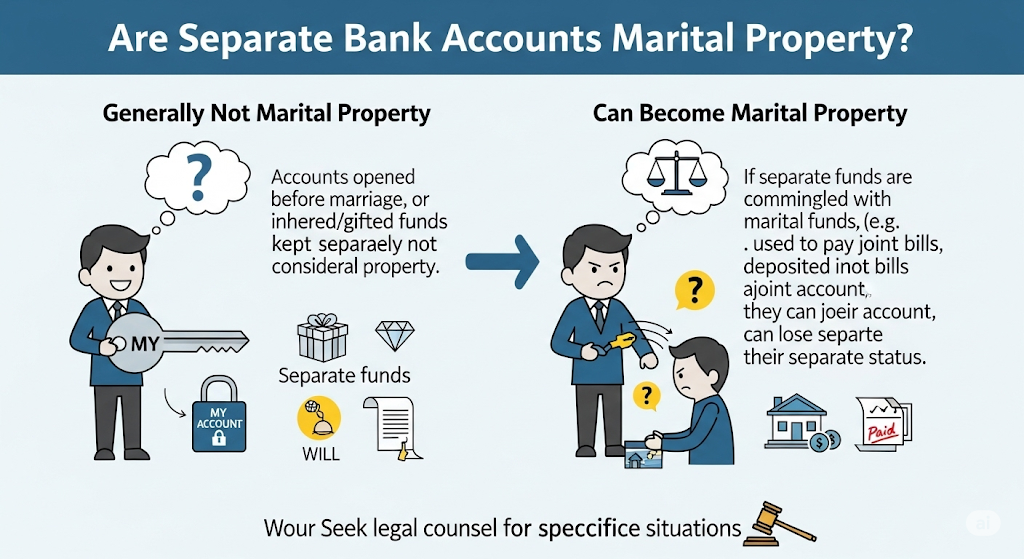
Are Separate Bank Accounts Marital Property Table of Contents 1. Introduction Money matters can become one of the most contentious issues during a divorce. A common question that arises is: Are separate bank accounts considered marital property? Many assume that having an account solely in their name means the money belongs to them alone. However, […]
The AAMCO Credit Card: Everything You Need to Know in 2025

Table of Contents 1. Introduction Auto repairs can be expensive, especially when you’re hit with an unexpected transmission issue or major engine problem. That’s where the AAMCO Credit Card comes in—a financing solution designed specifically for car repairs and services at AAMCO centers. But is it the right credit option for you in 2025? In […]
Pueblo Tires Credit Card: The Complete Guide for Smart Tire Financing
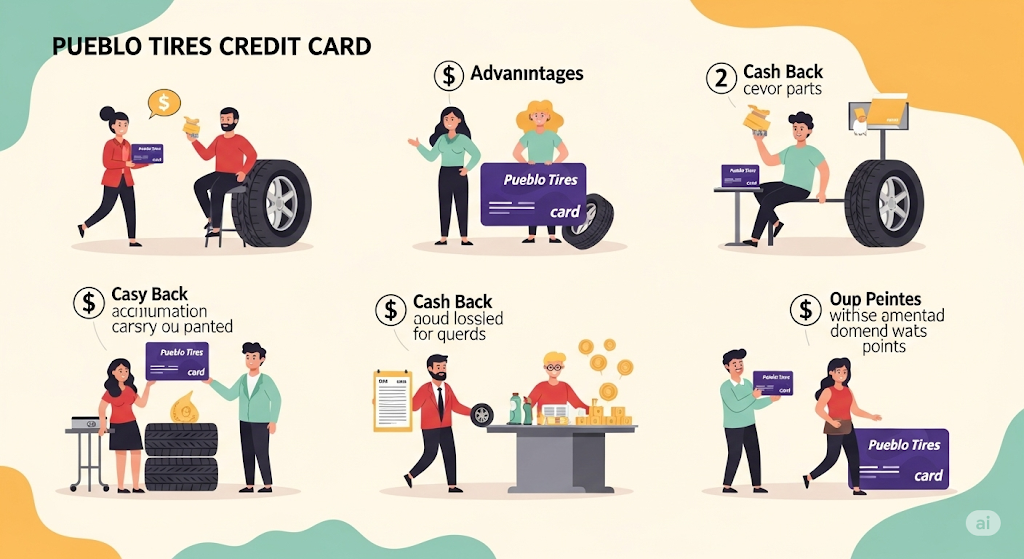
Table of Contents 1. Introduction Buying new tires or getting automotive services can be costly, especially if you need all four tires, alignment, or brake services at once. That’s where store credit cards like the Pueblo Tires Credit Card come in. Designed to help consumers finance auto care purchases with flexible payment plans, this credit […]
Beauty Deal Boutique Charge on Credit Card: Everything You Need to Know

Beauty Deal Boutique Charge on Credit Card: Everything Have you noticed a mysterious charge from Beauty Deal Boutique on your credit card statement? You’re not alone. Each month, thousands of cardholders question unknown or unexpected charges—especially when it comes to recurring payments, subscription models, or misleading promotional offers. Whether the charge was legitimate or possibly […]
